Spring is the perfect time to get out the macro lens or zoom lens and capture the tiny world of bugs. Now that the days are longer and the weather is warming up, they are all out and about, being busy little bees (and other bugs). I am no expert when it comes to bugs — I enjoy them more just for fun — but I have learned a few tips on photographing them.
Bugs can move fast
Many different insects and bugs can move quite fast, especially the ones that fly. You might want to consider using a much higher shutter speed. Depending on how much you want to get in focus, I would suggest something along the lines of 1/320s or even faster.
The faster the shutter speed, the more you will capture. Wings and such can often blur in images, which can be quite cool, although you might want them crystal clear.
.mgl-tiles { display: none; } #mgl-gallery-634ed515e556e { margin: -5px; width: calc(100% + 10px); } #mgl-gallery-634ed515e556e .mgl-box { padding: 5px; } @media screen and (max-width: 768px) { #mgl-gallery-634ed515e556e { margin: -5px; width: calc(100% + 10px); } #mgl-gallery-634ed515e556e .mgl-box { padding: 5px; } } @media screen and (max-width: 460px) { #mgl-gallery-634ed515e556e { margin: -5px; width: calc(100% + 10px); } #mgl-gallery-634ed515e556e .mgl-box { padding: 5px; } }
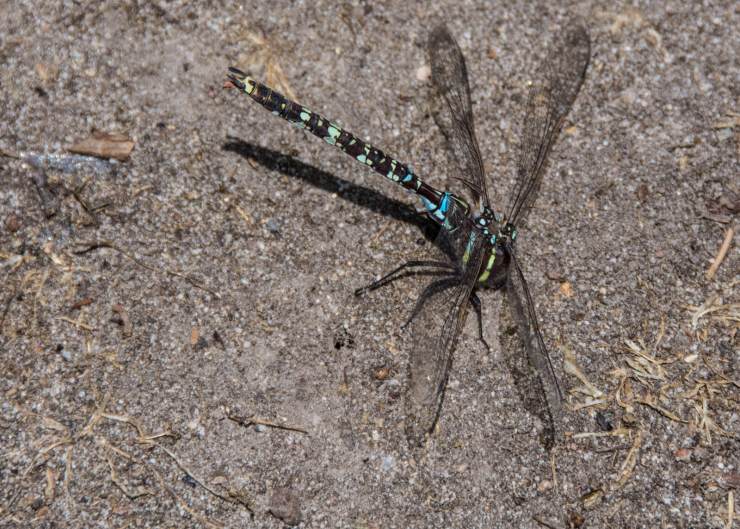
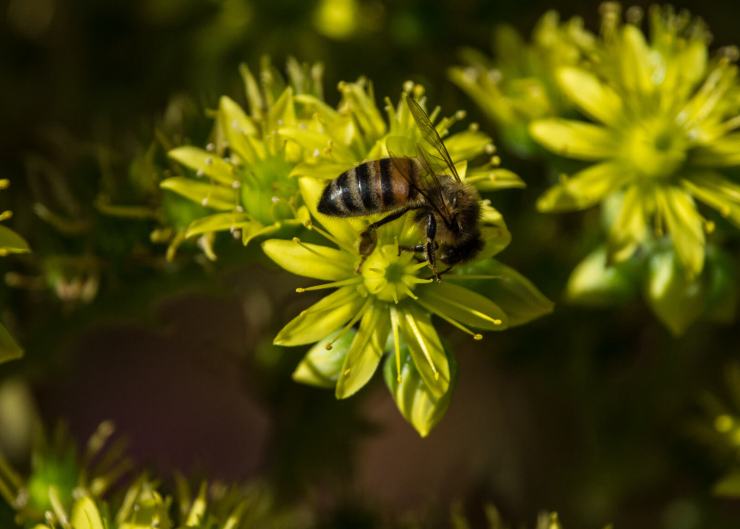
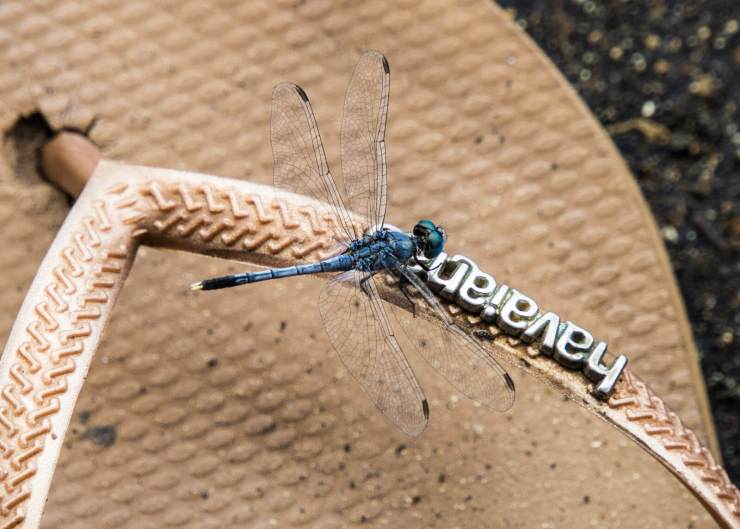
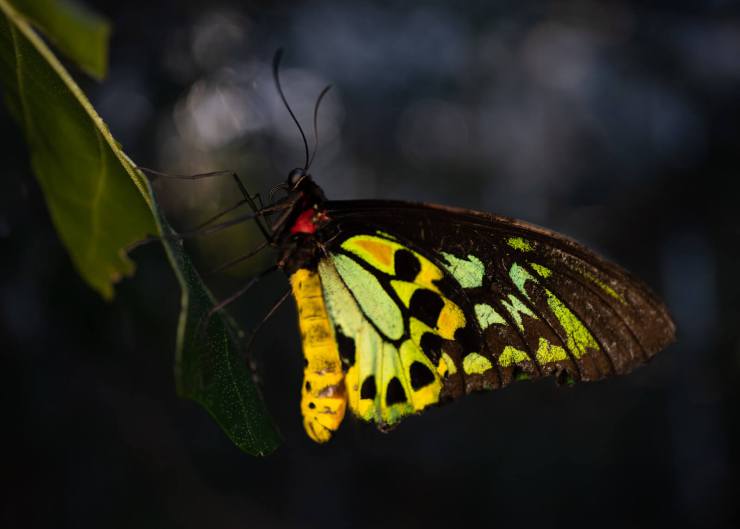
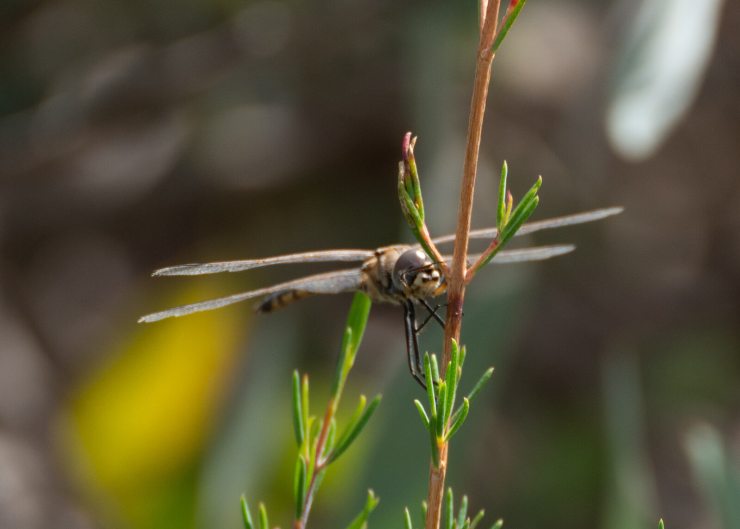
When and where to focus
Now there is an urge to use a larger aperture like f/2.8 to get a higher shutter speed, but I advise against it. Yes, f/2.8 gives a faster shutter speed but with a very shallow depth of field. You may only get the eye of the bug in focus with the rest of the body out of focus. Try and focus on the head and use an aperture between f/5.6 and f/10. This will allow more to be in focus.
.mgl-tiles { display: none; } #mgl-gallery-634ed515e6dd2 { margin: -5px; width: calc(100% + 10px); } #mgl-gallery-634ed515e6dd2 .mgl-box { padding: 5px; } @media screen and (max-width: 768px) { #mgl-gallery-634ed515e6dd2 { margin: -5px; width: calc(100% + 10px); } #mgl-gallery-634ed515e6dd2 .mgl-box { padding: 5px; } } @media screen and (max-width: 460px) { #mgl-gallery-634ed515e6dd2 { margin: -5px; width: calc(100% + 10px); } #mgl-gallery-634ed515e6dd2 .mgl-box { padding: 5px; } }
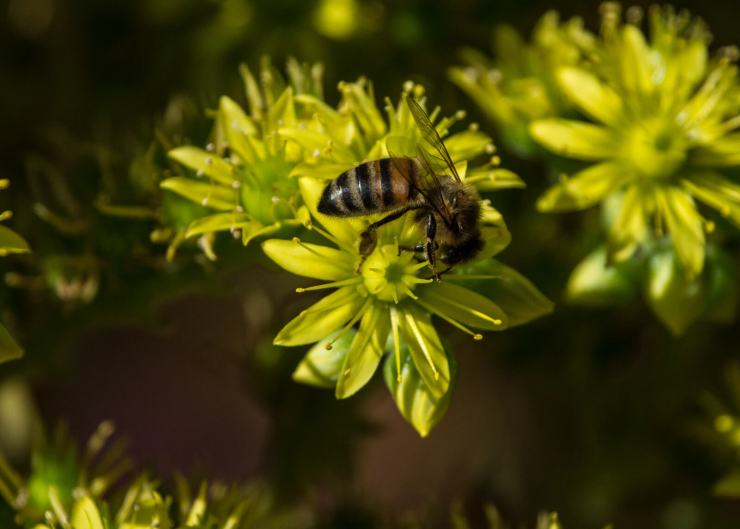
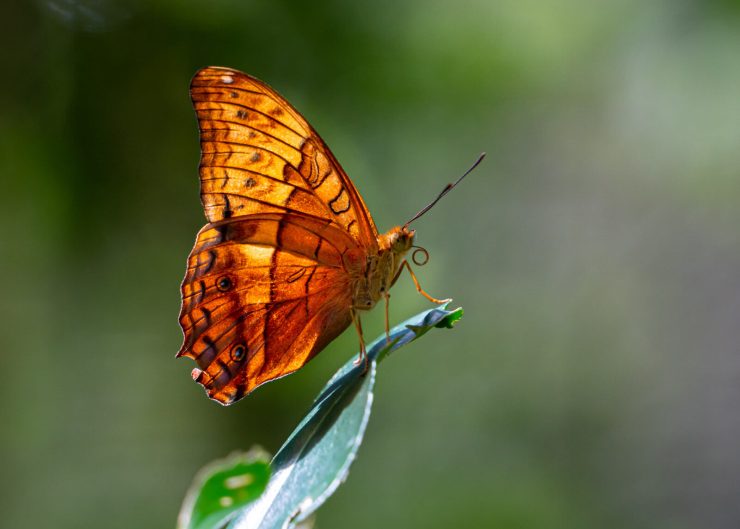
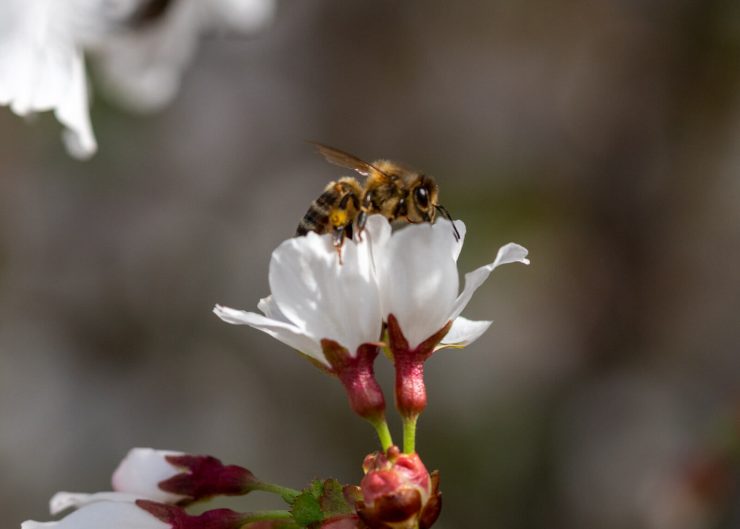
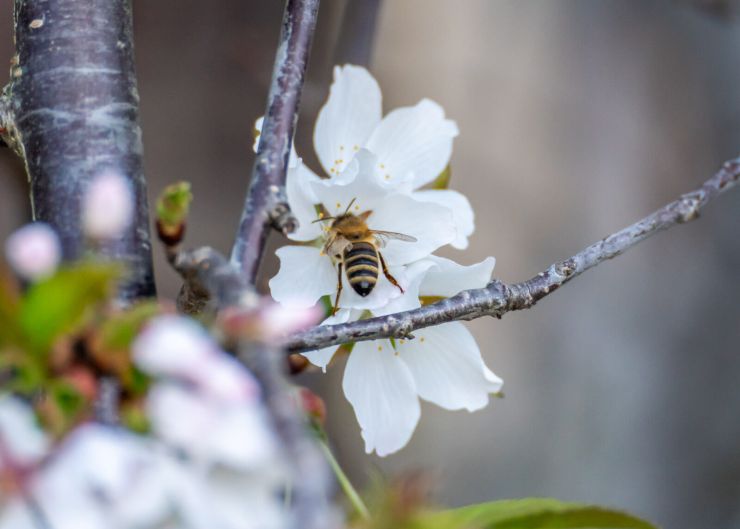
Become a stalker
Patience is key when it comes to photographing bugs. It’s time to slow things down and watch them. Do they have a pattern or is it totally random? Become a bit of a stalker, and follow them. Pick a plant or flower and just concentrate on one or two insects and follow its movement.
.mgl-tiles { display: none; } #mgl-gallery-634ed515e7e15 { margin: -5px; width: calc(100% + 10px); } #mgl-gallery-634ed515e7e15 .mgl-box { padding: 5px; } @media screen and (max-width: 768px) { #mgl-gallery-634ed515e7e15 { margin: -5px; width: calc(100% + 10px); } #mgl-gallery-634ed515e7e15 .mgl-box { padding: 5px; } } @media screen and (max-width: 460px) { #mgl-gallery-634ed515e7e15 { margin: -5px; width: calc(100% + 10px); } #mgl-gallery-634ed515e7e15 .mgl-box { padding: 5px; } }
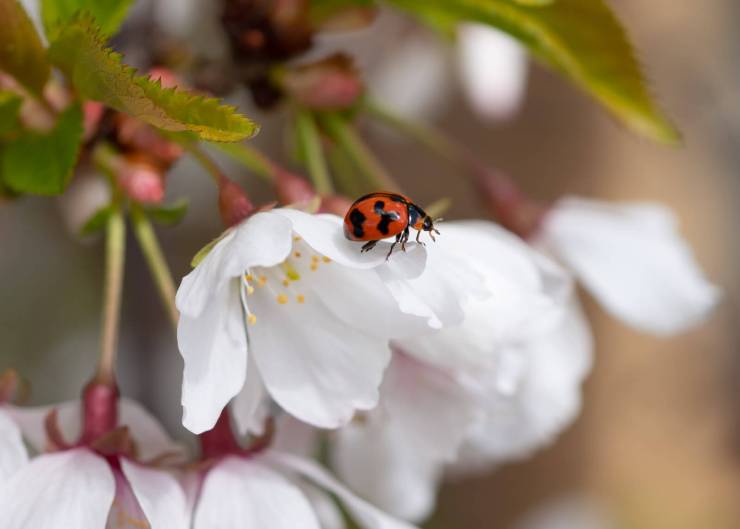
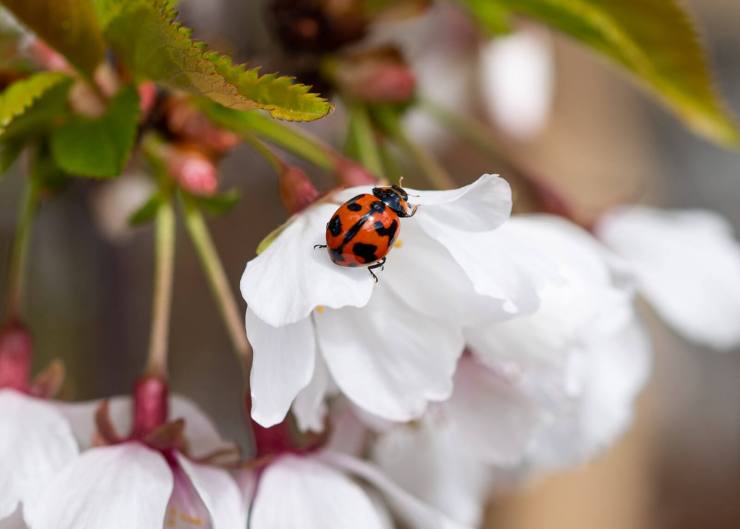
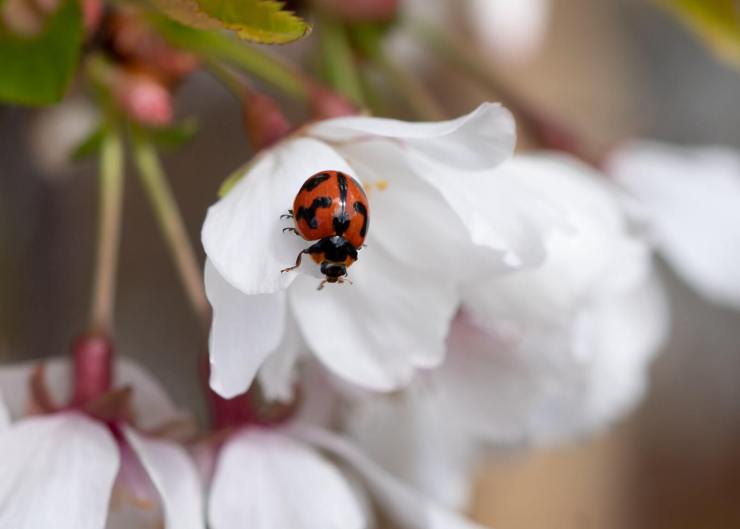
A final note
Have fun, be a little patient. Remember some insects can bite or sting, so don’t get too close and don’t annoy them. A faster shutter speed will capture or freeze more movement. A smaller aperture will give you a bigger depth of field and have more focus. You might have to increase your ISO, but a little grain is fine as long as the image is well-exposed.
Tell your story with the second annual Visual Storytelling Conference!
Experience four days of interactive, online training sessions featuring a range of educational content with experienced photographers and content creators. This free event kicks off with a series of technical boot camps to build essential skills, followed by live, online sessions on photography, video, business and social media. Join live from March 10-13, 2022!
